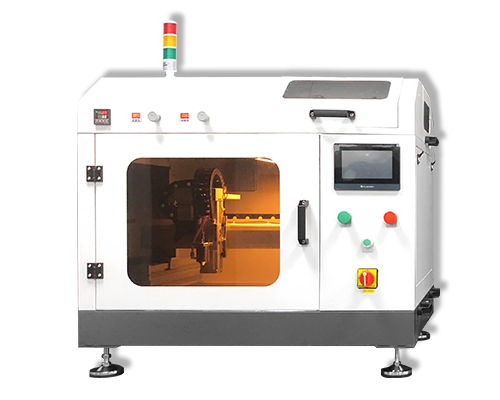Differences between SOFC and PEMFCs
Differences between SOFC and PEMFCs – Fuel Cell Catalyst Coating – Cheersonic
Solid oxide fuel cell is one of a number of fuel cells that produce electricity, water, heat and a small amount of carbon dioxide using natural gas as fuel. There are two main differences between solid oxide and proton exchange membrane fuel cells:Fuel: PEM fuel cells use pure hydrogen (H2) as a fuel. Meanwhile, solid oxide fuel cells can use hydrocarbon fuels such as natural gas, methane and propane to generate electricity. Size: While there is no significant difference in size between the individual cells of a PEM fuel cell and a solid oxide fuel cell, the size difference comes into play when fuel cell modules are assembled together. A typical PEM fuel cell module will be smaller than a solid oxide fuel cell module. This makes PEM fuel cells ideal for transport applications from trucks and buses to trains and ships.
Cheersonic’s fuel cell catalyst coating systems are uniquely suited for these challenging applications by creating highly uniform, repeatable, and durable coatings. Using the company’s patented ultrasonic spray head technology, it can spray uniformly and efficiently on proton exchange membranes and gas diffusion layers. Uniform catalyst coatings are deposited onto PEM fuel cells, GDLs, electrodes, various electrolyte membranes, and solid oxide fuel cells with suspensions containing carbon black inks, PTFE binder, ceramic slurries, platinum and other precious metals. Other metal alloys, including Platinum, Nickel, Ir, and Ru-based fuel cell catalyst coatings of metal oxide suspensions can be sprayed using ultrasonics for manufacturing PEM fuel cells, polymer electrolyte membrane (PEM) electrolyzer, DMFCs (Direct Methanol Fuel Cells) and SOFCs (Solid Oxide Fuel Cells) to create maximum load and high cell efficiency.
The advantages of Cheersonic’s ultrasonic equipment include:
1.Very high Platinum utilization proven in MEA fabrication; as high as 90%.
2.Non-clogging
3.Low-flow spray reduces spillage and air pollution.
4.Continuous or intermittent operation possible
5.Highly porous coatings are extremely durable, preventing cracking or peeling of catalyst layer.
6.No moving parts to wear out
7.Minimal maintenance and downtime.
8.Robust design and materials resist corrosion.
9.Ultrasonic energy disperses the agglomerated particles, producing a homogeneous coating.
Chinese Website: Cheersonic Provides Professional Coating Solutions


